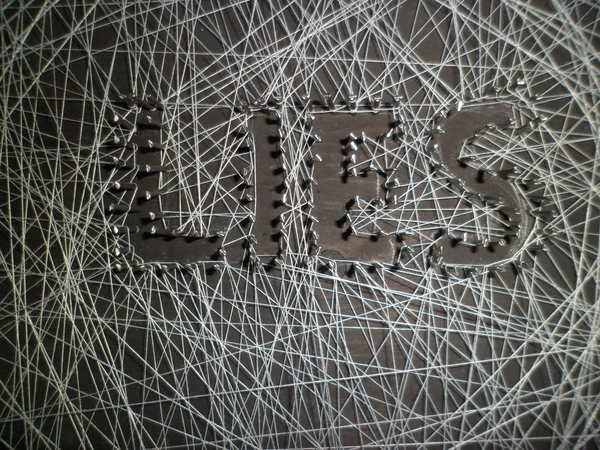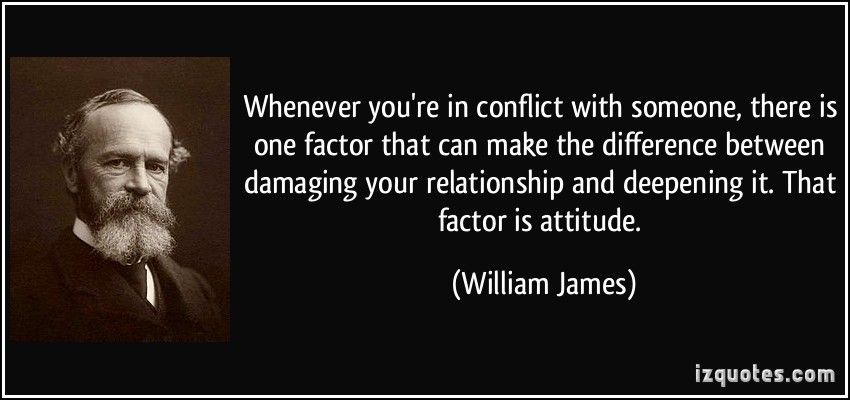Modes of Conflict always involves power struggle. Power is the ability to cause or influence an outcome. The emphasis is on the word influence here. Most power comes from influence.
Power modes in conflict is derived by interdependence. It resides in persons, relationships, and situations and comes from a variety of sources. Everyone has some kind of power in every conflict. More power doesn’t need to be necessary. Only enough to form a resolution with each party. More power for one person does not mean less power for the other. If you have higher power, exercise restraint and recognize interdependence. Keeping others ignorant for control purposes is never the way to go.
Personal power – talents, skills, abilities, store of knowledge, physical strength, etc.
Relational power comes from interdependence with another.
Situational power – conflict is situational
Distributive power – one side has more power than the other.
Lack of power is NOT a moral weakness and lack of power is NOT innocence.
Lack of power tends to corrupt and lack of absolute power might corrupt absolutely because it will take away accountability and all sense of responsibility.
People do tend to give away a lot of power to be liked, loved, to be hired or promoted, to escape responsibility, to avoid effort, etc.
Bases of power:
Ability to give reward
Coercive power is the ability to punish
Legitimate power is explicitly given from a government or organization.
Referent power comes from our associations with others who do have power.
Expert power is the knowledge or information one has in a given subject.
In any conflict its a good idea to look at where your own power base(s) come from. Also, it’s nice to know the same with your debate opponent.
Modes of Conflict in Action
Power can be exercised with threats, promises, information control, and reinforcement control. Along with skills/abilities, expertise, control over rewards and punishments, allies, and possessions.
Leverage is the other party’s stake in your satisfaction with how the conflict is handled. What are the stakes of each party involved? The more equal conflicting parties are in power, the better are the chances of working out a good resolution. The greater the disparity in power between conflicting parties, the less likely are they to achieve a lasting resolution.
Using power as an influence is better than using it for control. Using reward and coercive power for control leads to resentment. Learning the limits of power will help others recognize its value. If you have less power than the other party, stay engaged and keep speaking up. Gain power by seeking allies. Gain power by getting more knowledge and information. Be willing to act on the power you have.
Avoidance of conflict is acting like there isn’t one. It results in a lose-lose situation.
Competition requires one party to win over the expense of another. This is a win-lose strategy.
Compromise is where both parties split the difference by giving up something. Resulting in a no win/no lose scenario as it sets limits and boundaries. Compromise includes making offers and negotiating for results. It does have the harmful effect of settling for less and can take energy and closeness out from a relationship. It is often a good strategy but should be used when a win-win situation is unattainable.
Accommodation results in a lose-win resolution where one party gives in but doesn’t get anything in return.
This leaves collaboration as the only win-win solution. Working together is the most difficult to achieve.
Bid: one party communicates with the other seeking a response in an effort to negotiate, compromise, or collaborate.
What responses can be given for Conflict?
Turning toward acknowledges the bid, turning away is indifferent and creates distance, and turning against acknowledges the bid but rejects any validity thereby creating hostility in the receiving party.
‘Thus every action must be due to one or other of seven causes: chance, nature, compulsion, habit, reasoning, anger (passion), or appetite (desire).’
– Aristotle
There are also a few dysfunctional modes of conflict strategies to look for.
These have harmful side effects or excessive costs to consider that may outweigh any desired benefit.
Avoidance takes on a number of forms.
Hoping a problem disappears or changing the subject allows problems to fester. Another tactic is saying you will do something and then not taking action. This results in losing credibility in dealing with conflict for those who use avoidance on a regular basis. Avoidance doesn’t solve the problem. Although it can be useful when another party has power in a situation and is imposing an unwanted resolution. Another useful feature is when the risk of bring up the conflict is to great. Avoidance is also useful when no resolution is possible.
Withdrawal goes further than avoidance.
It eliminates interaction with an opposing party and avoids addressing the conflict. It can also be used to punish the other party. This has the effect of causing resentment and reciprocation in kind. These tactics can also be seen as social slights. Some common attributes include avoiding the other party or not responding to greetings, speaking in flatter tones, avoiding eye contact, or not giving answers to questions. Of course the problem does remain unsolved but withdrawal can be useful as a calming effect to give one time to address the problem. Avoiding the situation for a time can help calm the emotions.
Imposition involves exercising a direct power play to address a resolution.
It can be overt or covert. Overt meaning the power player can use authority to end a discussion or covert by going around the authority and doing things secretly in a different way. This can escalate a conflict as one party may exercise greater power causing a decrease in moral and resentment. Common overt tactics include issuing orders or taking action to end a discussion. Covert tactics include gaining allies or going to a higher authority to resolve an issue. This can be harmful by causing the imposed party to counter with their own covert exercises in power. It can result in a tangled power web of deception. Imposition is best used when no other authority is available for consultation and a decision is needed for a given situation. Giving orders in the heat of battle is a good example.
Triangulation involves bringing a third party into the argument.
It presents itself using the victim mentality and portrays the other party as the villain. This allows for one party to vent their troubles and gain an ally without the other party participating. Venting may seem beneficial but it has the effect of inflating anger into a situation. In a group setting other side effects can include morale decline and a break down of teamwork. Triangulation can build up over time. Common tactics include complaining, asking advice or presenting the self as a victim. Triangulation is useful when an opposing party has more power and won’t cooperate as it gains allies to counter a power play.
Oh what a tangled web of conflict we weave within the modes…

A more subtle form of triangulation is manipulation.
It uses indirect means to achieve a goal without interest to an opposing party. Common Tactics to masks true motives include planting information with third parties, falsifying emotions or concerns, outright lies and event staging. These strategies have the effect of damaging the manipulator if caught out. Manipulations indicate selfishness and deceptive behavior and should be avoided.
Absolute framing is the proverbial drawn line in the sand.
It demands a yes or a no to a situation by stating what must not happen or what the other party must or must not do. It is basically daring the other party to pounce back in return. Common tactics include declaring an absolute principle or demand. These are escalating tactics to be sure. It does preclude mutual agreement when the other party is given only the choice to comply or fight. Absolute framing is useful when one takes a moral or relational stand.
Payback or revenge modes of conflict are another dysfunctional strategy.
It is a common human trait that must be taken seriously. The side effects can cause great harm in perception. It does so by withholding good from the other party to balance the sense of wrong one feels. It always escalates a situation to the Nth degree. Causing each party to escalate the situation further. Obviously, avoiding this strategy is essential. The negative connotations can cause great harm in reputation and authority.


This appears to be largely taken for M. Dues Great Courses series “The Art of Conflict Management”